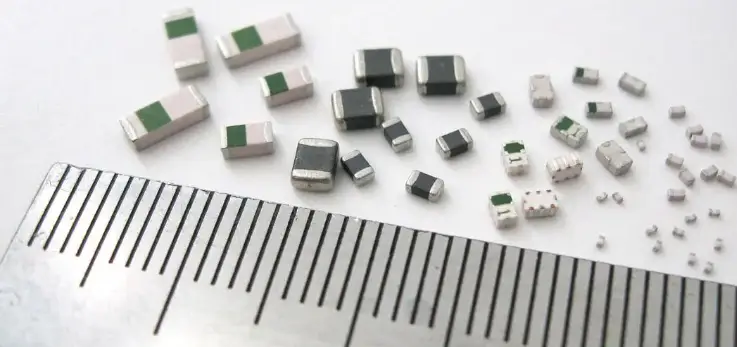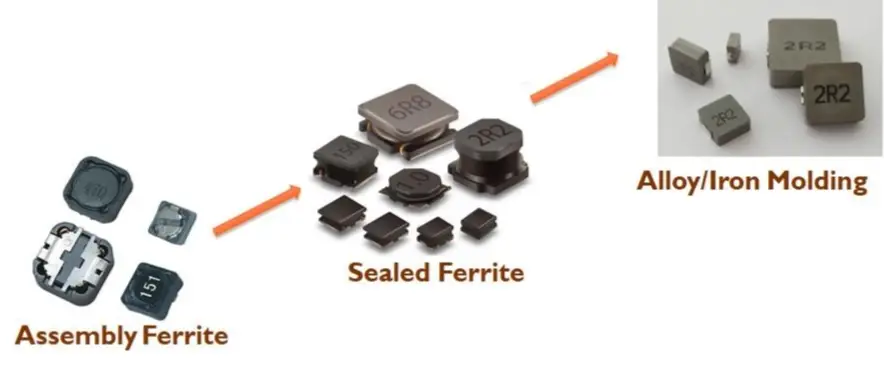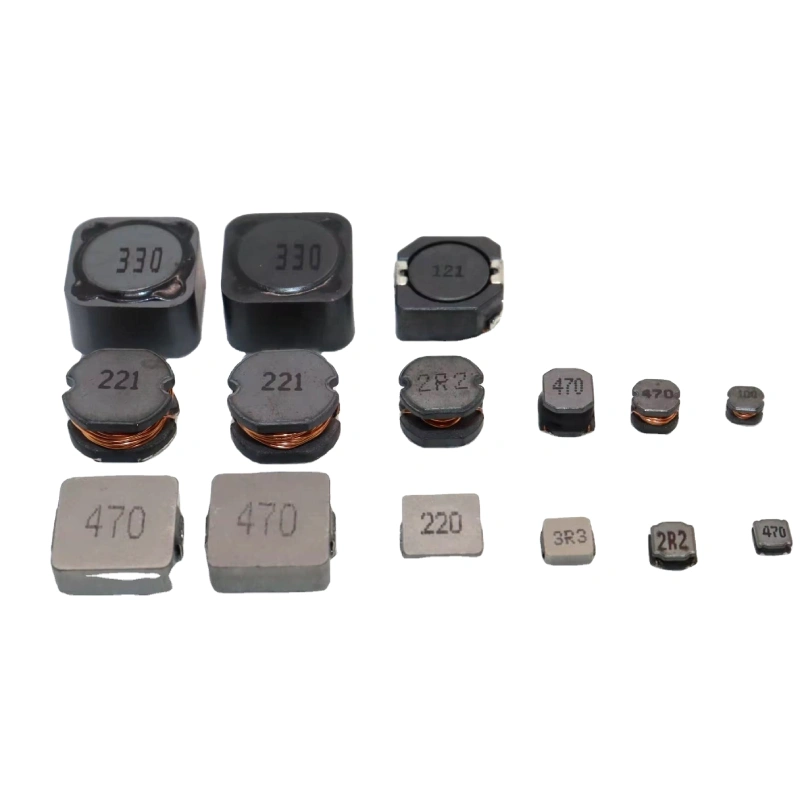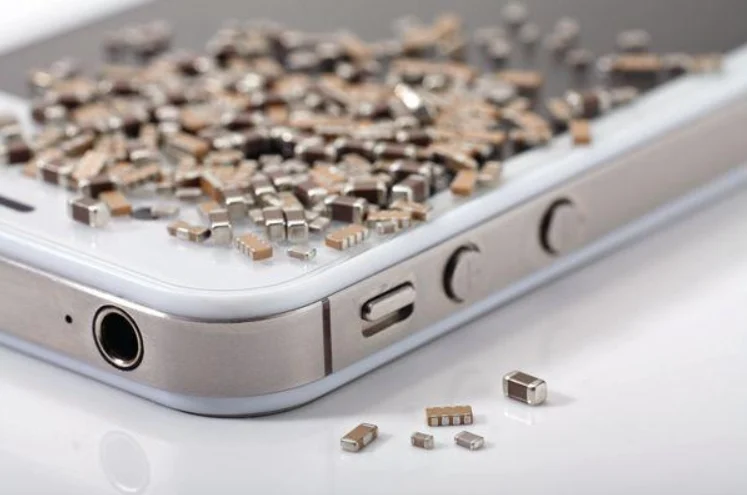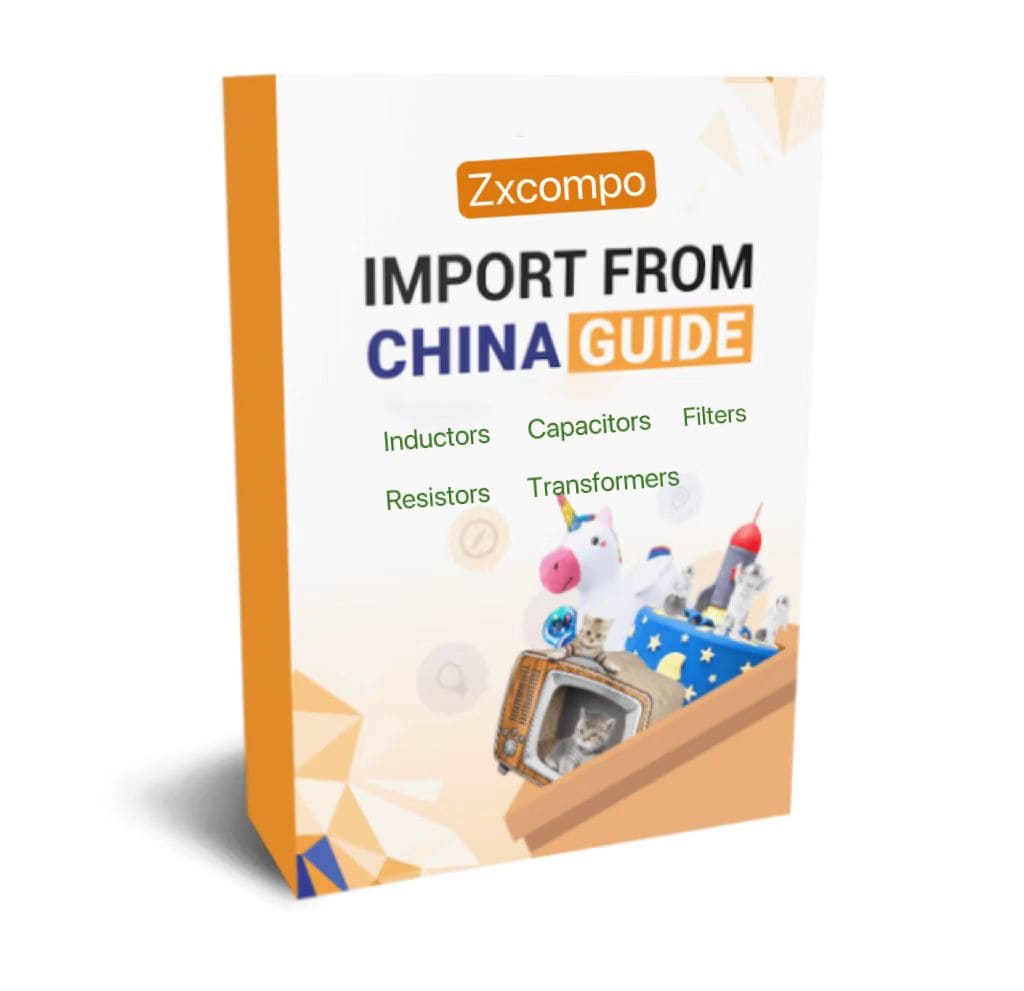When it comes to electronic components used for managing electrical signals, ferrite beads and inductors are two commonly employed devices. While both serve the purpose of manipulating current flow, they possess distinct characteristics and are suited for different applications. In this article, we will delve into the key differences between ferrite beads and inductors, exploring their functionalities, benefits, and typical use cases. By understanding these nuances, you will be better equipped to select the appropriate component for your specific electronic circuit needs.
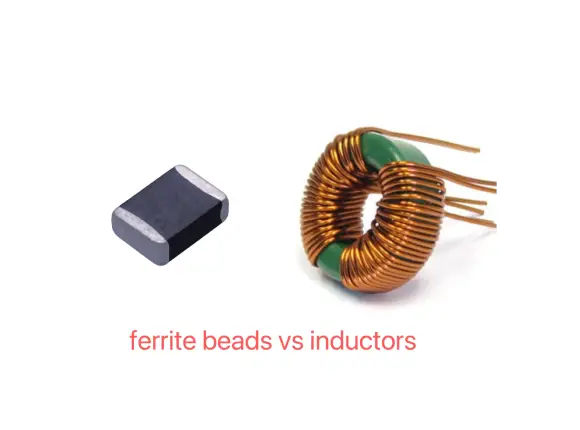
Ferrite Beads:
Ferrite beads, also known as ferrite chokes or ferrite cores, are passive electronic components designed to suppress high-frequency noise and electromagnetic interference (EMI). They are constructed using ferrite material, which exhibits high magnetic permeability. Ferrite beads work based on the principle of impedance, offering a resistance to the flow of high-frequency noise while allowing the desired signals to pass through.
Perplexity and Burstiness: In terms of perplexity, ferrite beads play a critical role in complex signal filtering. By effectively dampening EMI, they contribute to signal clarity and integrity in electronic circuits. Their burstiness lies in their ability to handle a wide range of frequencies, accommodating both low and high-frequency signals.
(★If you want to know more about ferrite beads, you can refer to the following article:
•How To Choose SMD Ferrite Beads In Electronic Components?
• SMD Ferrite Bead Selection Guide: Consider From The Practical Application)
Benefits and Applications:
Ferrite beads offer several advantages in electronic circuit design. Firstly, they are compact and lightweight, making them ideal for applications with space constraints. Secondly, they exhibit high attenuation characteristics, efficiently suppressing unwanted noise. They are commonly used in power supplies, data lines, USB cables, audio circuits, and electromagnetic compatibility (EMC) designs.
Inductors:
Inductors, on the other hand, are passive components primarily utilized for energy storage and filtering applications. They consist of a coil of wire wound around a core material, typically ferrite or powdered iron. Inductors store energy in their magnetic field when current flows through them and release it when the current is interrupted.
Perplexity and Burstiness: Inductors provide perplexity by enabling precise control of current flow and energy storage in circuits. Their burstiness stems from their ability to handle sudden changes in current and maintain stable operation, even in the presence of transient events.
(★If you want to know more about inductors, you can refer to the following article: • Working Principle And Application Of SMD Inductor)
Benefits and Applications:
Inductors offer various advantages in electronic circuits. They can store energy, filter out noise and harmonics, and act as magnetic sensors or actuators. Inductors find applications in power supplies, signal filtering, oscillators, motor control, RF circuits, and wireless communication systems.
Differences and Considerations:
While both ferrite beads and inductors share the ability to influence current flow, their primary functions and characteristics set them apart. Ferrite beads are specialized for EMI suppression, offering impedance to high-frequency noise. Inductors, on the other hand, are versatile energy storage and filtering devices that manipulate the flow of both AC and DC currents.
Ferrite beads are passive devices that filter high-frequency noise energy over a wide frequency range. They have resistance over the expected frequency range and dissipate the noise energy as heat.
Typically, ferrite beads are placed in series with the power rail and are often combined with grounded capacitors on either side of the bead. This forms a low-pass filter network that further reduces high-frequency power supply noise.
However, improper use of ferrite beads in system design can lead to some detrimental issues.
For example:
Unwanted resonance: Combining beads with decoupling capacitors for low-pass filtering can sometimes lead to unwanted resonances.
DC bias current dependency: The effects of DC bias current can reduce the EMI suppression capabilities of the bead.
By properly understanding and considering the behavior of ferrite beads, these issues can be avoided, ensuring effective noise suppression and improving the performance of power systems.
When selecting between ferrite beads and inductors, consider the specific requirements of your circuit. If your priority is EMI suppression and noise reduction, ferrite beads are an excellent choice. If you need energy storage, current control, or filtering capabilities, inductors are better suited to your needs.
Conclusion:
Ferrite beads and inductors are essential components in electronic circuit design, each serving distinct purposes. Ferrite beads excel in reducing EMI and noise, while inductors offer energy storage and current manipulation capabilities. Understanding the differences and considering your specific circuit requirements will empower you to make informed choices when selecting between these two components. By leveraging their unique characteristics, you can ensure optimal performance and reliability in your electronic designs.
ZXcompo is a manufacturing company specializing in custom inductors, capacitors, resistors, and more. Find high-quality passive electronic components for your projects. If you have product needs and inquiries. Please contact us now: sales@ZXcompo.com

